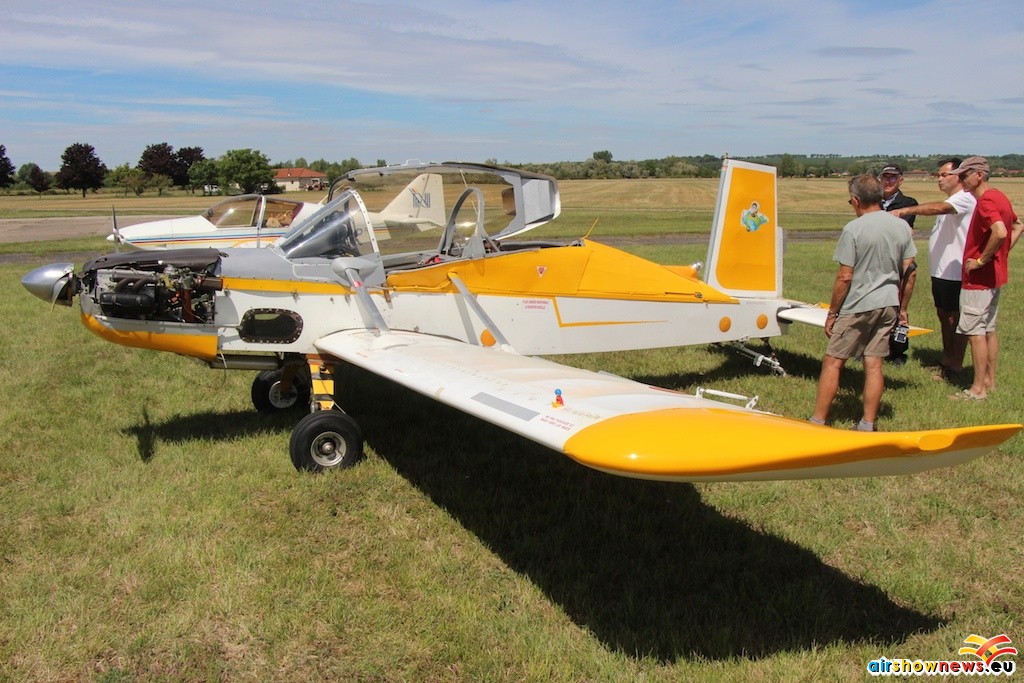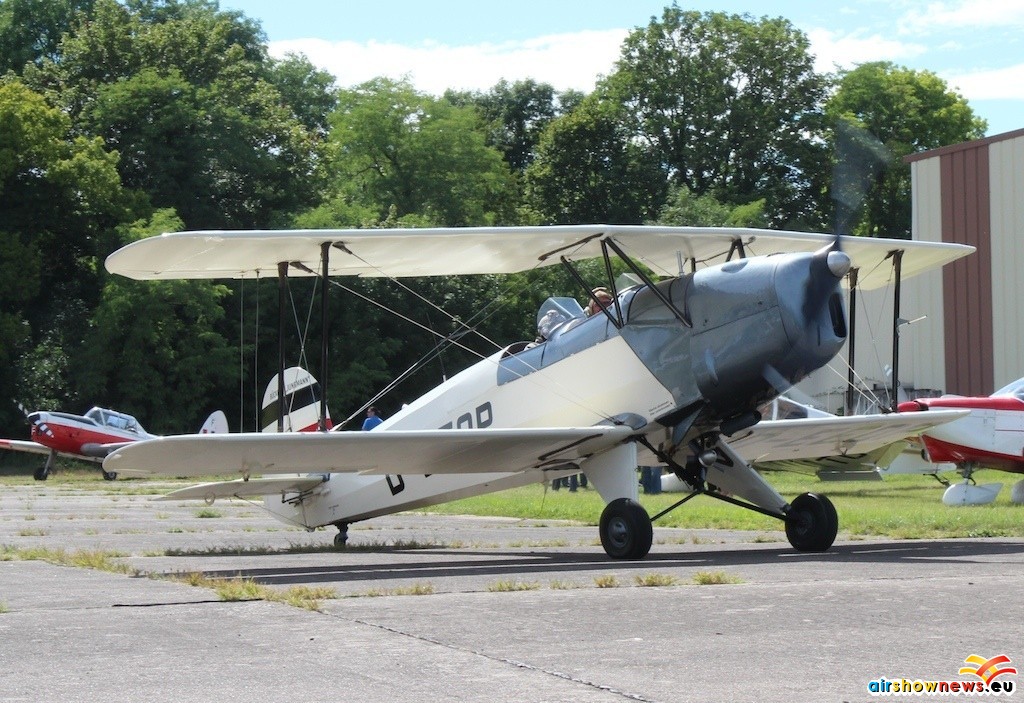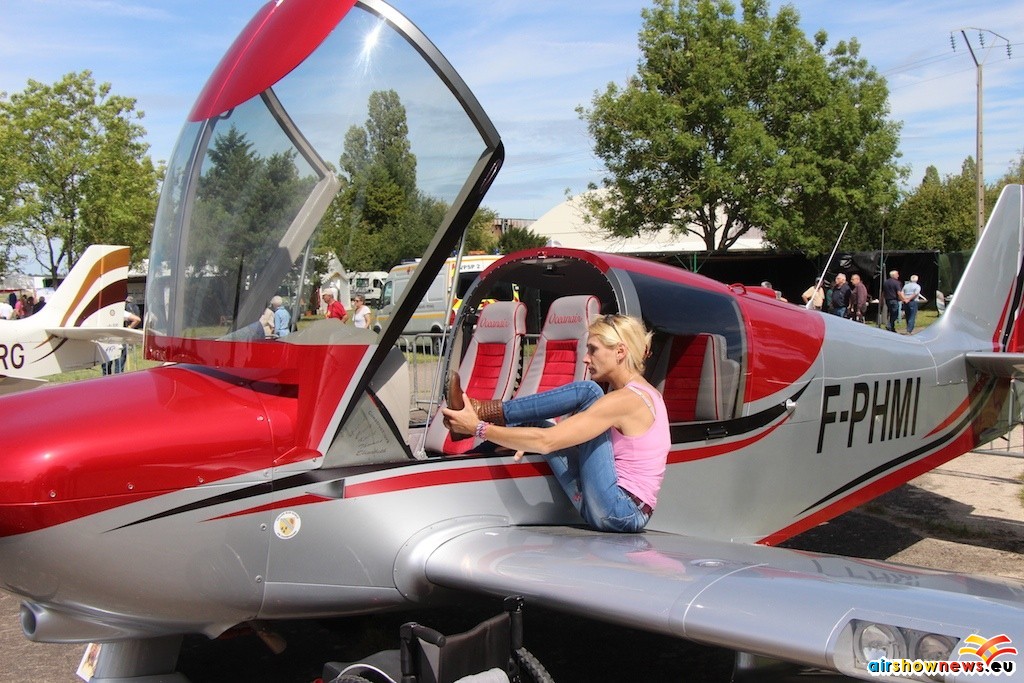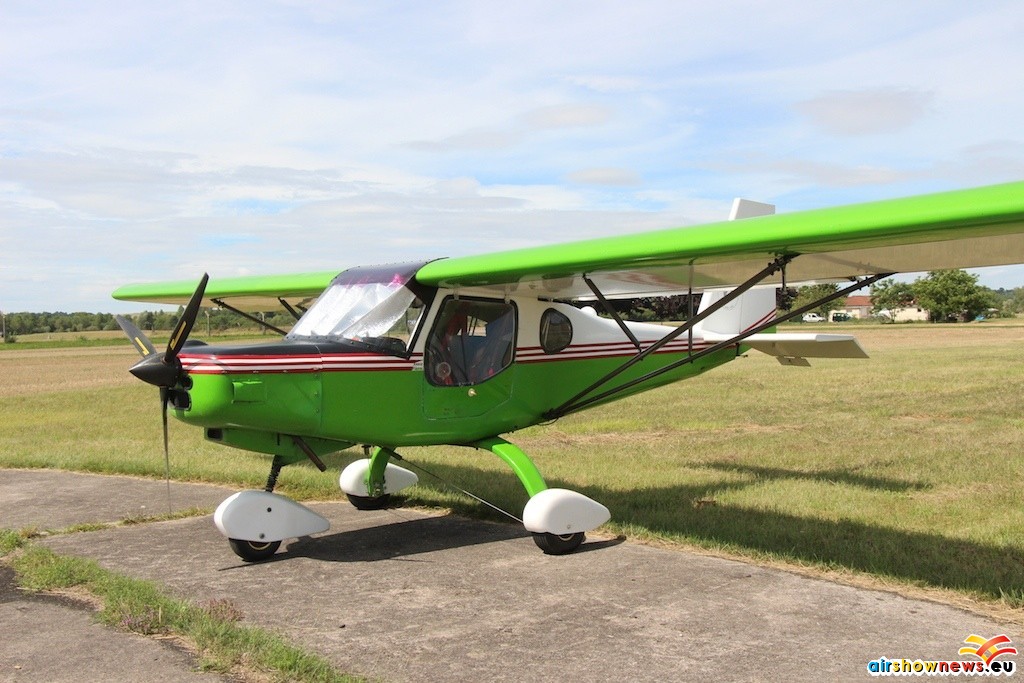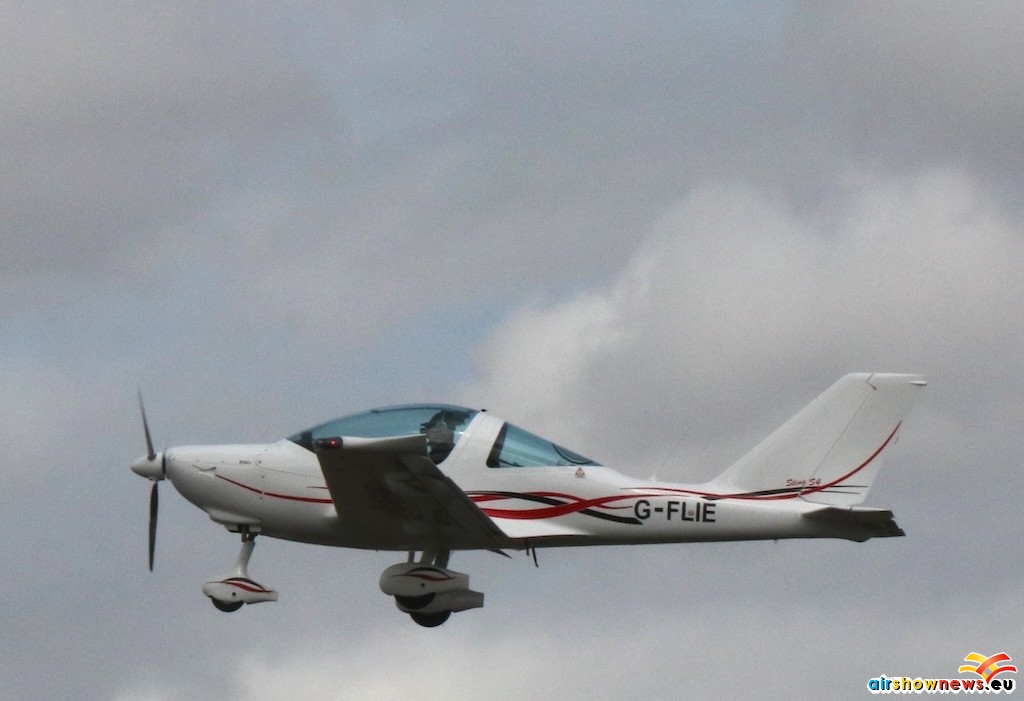RSA Gathering, Brienne-le-Chateau, France, 28-30 July 2017
The ‘Rassemblement des Constructeurs Amateurs’ represents aircraft homebuilders across France, those amateur fabricators who build their own light aircraft either from kits or completely of their own design. Projects are often completed in their own homes or at local airfields. The RSA provides a forum for the exchange of knowledge, a resource of technical knowledge and guidance on the complex regulations governing the design and operation of light aircraft. This regional gathering offers opportunities for members to share experiences in an informal atmosphere.
Brienne-le-Chateau played host to the RSA annual event until 1987 before it moved to Moulins and other sites across France but, as the ancestral home of the RSA is a popular venue among the members. Friday and Saturday enjoyed calm, bright weather though Sunday’s stronger winds put off many potential attendees. Despite that, around a hundred visiting aircraft ‘dropped in’ to enjoy the event.
Brienne is also home to an active parachute school whose busy Pilatus Turbo Porter provided entertainment with its steep climbs to altitude and even steeper approaches throughout the day. Sadly the on-site air museum has closed with only a few exhibits remaining on the margins of the aerodrome.
The most interesting and innovative aeroplane present was quite unexpected. It was produced by Jacques Packo and ‘libre comme l’air’ who specialise in adapting light aircraft for the use of the physically handicapped in a similar way to the UK’s flying for the disabled charity. Jacques and his team have heavily modified a CEA Dr400. Not just by adapting the instrumentation and controls but by seriously adapting the aircraft. The familiar cranked wing has been straightened with a wooden core, the wing root leading edge has gone and the sill height reduced by 80mm allowing much easier access from an adjacent wheelchair without assistance. (see the image series in the gallery)
The team of disabled enthusiasts also helped construct the aircraft and other innovations allow ground handling whilst in a wheelchair and innovative on-board storage space for a wheelchair behind the pilot’s seat. The aircraft was displayed at the Paris Salon and was built in nearby Troyes. Once certification is complete it offers hope and encouragement to all aspiring to take to the air and undertake PPL training.
Many European aircraft registers are now including ultralight aircraft that resemble their heavier cousins. Each nation seems to have adopted different registration presentations and rules. The Germans have D-M, the Czech republic a mix of three letters and two numbers etc but the most confusing is the French that reverts to a regional prefix akin the car number plates followed by two letters and then three letters once the AA-ZZ options are used up. A parallel system of call-signs linked in part to individual pilots in the F-J sequence that, until recently, are not displayed externally on the airframe adds to the confusion. Add to that the rule allowing registrations to appear only under a wing in various orientations and sizes and the ability to identify a near miss candidate or ground handling instruction becomes nigh-on impossible. Surely this issue needs addressing by the regulators.
This does not detract from the obvious enthusiasm and expertise in this sector and its ability to motivate young people to get involved at the grass roots of aviation.
